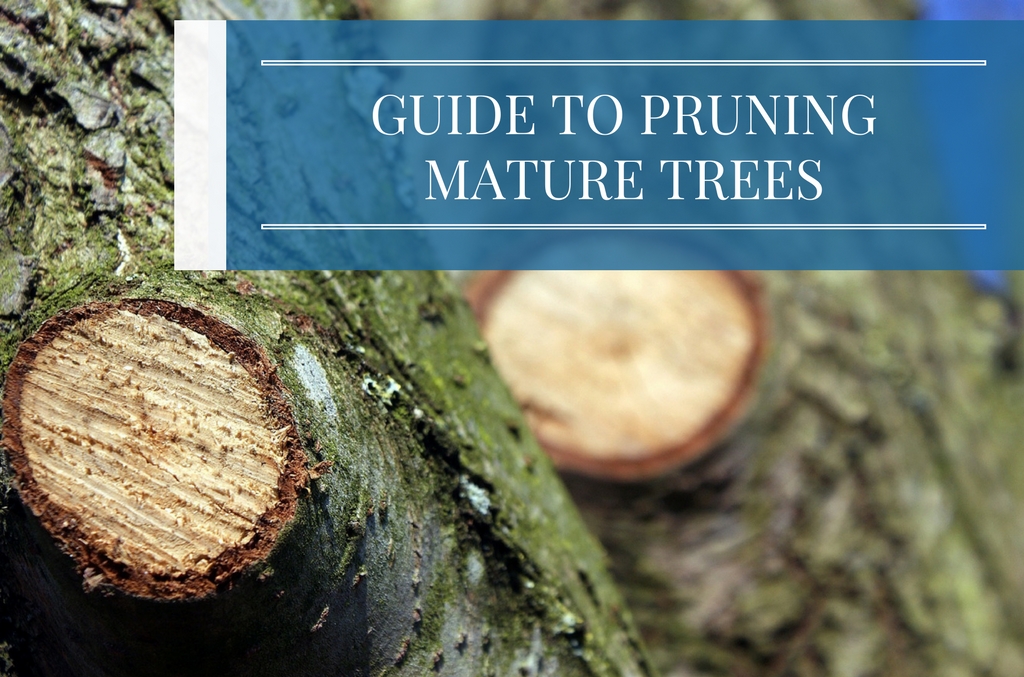For mature trees, pruning is the most important maintenance practice. Landscape trees require a higher level of care in order to maintain an aesthetic appearance and a sound structural foundation. Improper pruning can cause significant damage to the tree and shorten its lifespan. Pruning mature trees can be a hassle, but luckily we’ve come up with a quick guide to help you get through this weekend’s yard work!
Keys to Pruning Mature Trees
- Each cut should have a purpose. Removal of dead branches, improvement of form, reduction of tree risk, increase light and air penetration inside of tree crown are reasons why you could remove a branch. Each cut has the ability to change the growth of the tree. Always ask yourself, why this branch?
- Avoid pruning after the spring growth flush, the trees have just finished expending a great amount of energy to make new flush. Excessive pruning will stress the tree.
- Growth and wound healing are maximized if pruning takes place before spring growth flush.
- When pruning mature trees, less than 25% of the grown should be removed at one time.
How to Prune
- Make a small wedge cut on the underside of the branch you have selected. The break in the bark in this initial cut will prevent a tear from running along the stem. Do not cut all the way through the branch.
- Cut farther along the branch. (About 1-2 inches up the branch ) Cut all the way through the branch. This will leave you with a stub
- Making the third and final cut. This cut will be BELOW the first cut but ABOVE the stem collar to reduce the length of the stub.
Hire an arborist if the tree is too large or if pruning involves work above the ground and power equipment! They can help you asses the type of pruning necessary!





